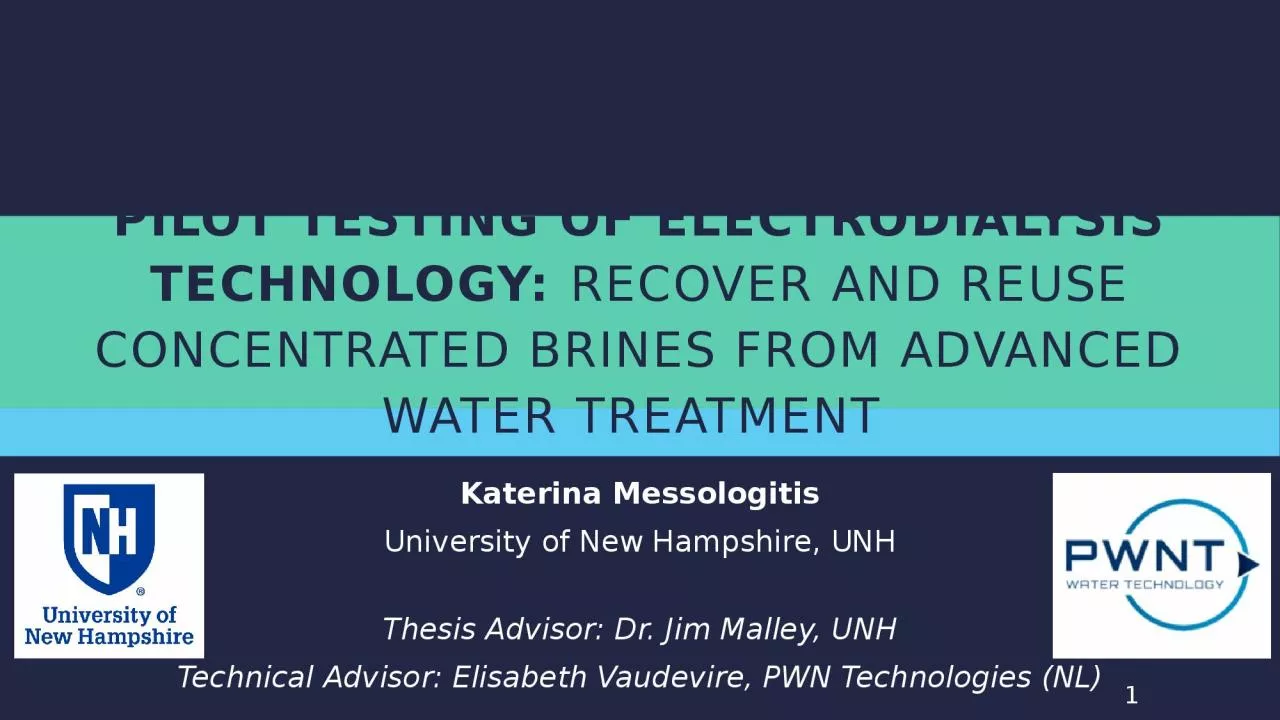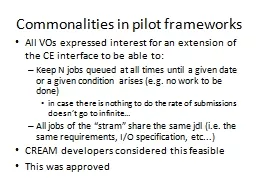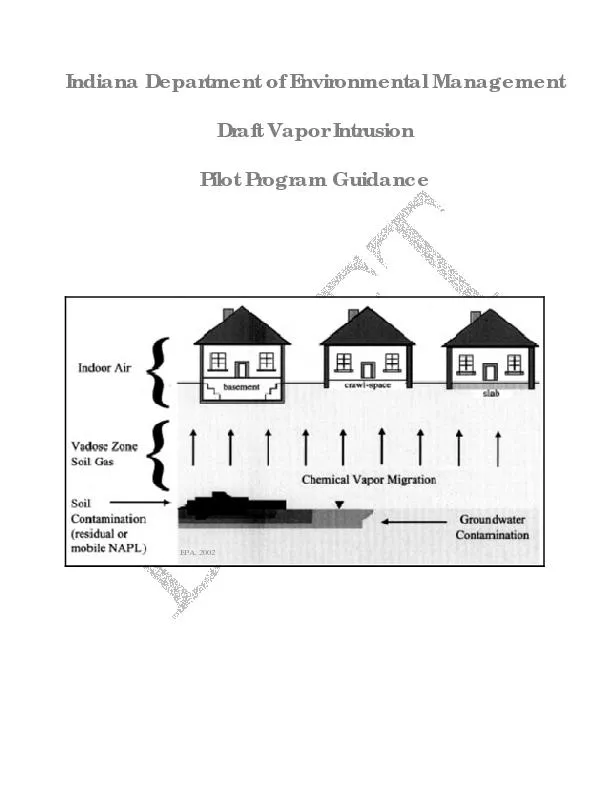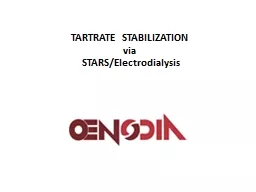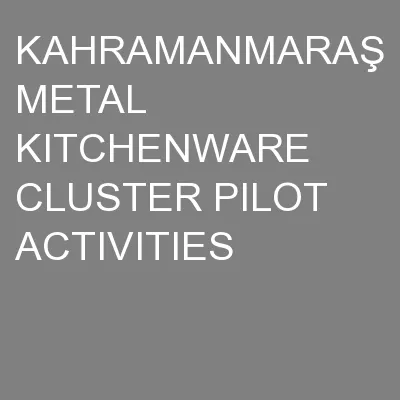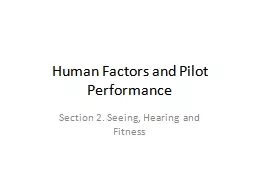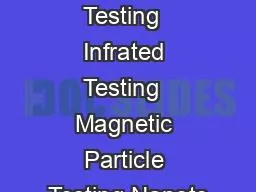PPT-Pilot Testing of Electrodialysis Technology:
Author : DateMeDarling | Published Date : 2022-08-04
Recover and Reuse Concentrated Brines from Advanced Water Treatment Katerina Messologitis University of New Hampshire UNH Thesis Advisor Dr Jim Malley UNH Technical
Presentation Embed Code
Download Presentation
Download Presentation The PPT/PDF document "Pilot Testing of Electrodialysis Technol..." is the property of its rightful owner. Permission is granted to download and print the materials on this website for personal, non-commercial use only, and to display it on your personal computer provided you do not modify the materials and that you retain all copyright notices contained in the materials. By downloading content from our website, you accept the terms of this agreement.
Pilot Testing of Electrodialysis Technology:: Transcript
Download Rules Of Document
"Pilot Testing of Electrodialysis Technology:"The content belongs to its owner. You may download and print it for personal use, without modification, and keep all copyright notices. By downloading, you agree to these terms.
Related Documents

